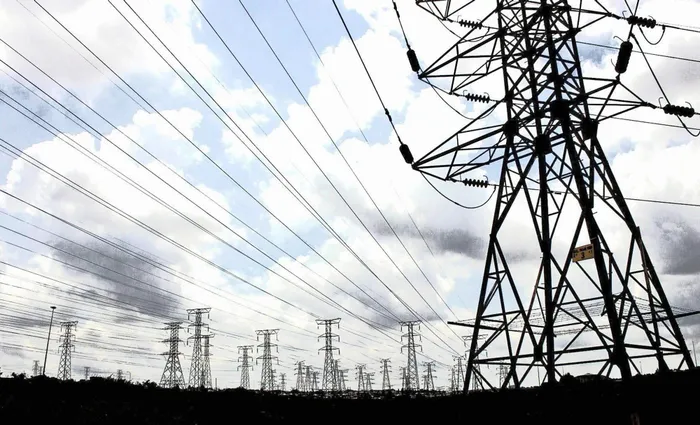Eskom optimistic about winter 2025 amidst operational setbacks
ENERGY

According to Eskom CEO Dan Marokane, the winter preparations were a testament to the hard-earned victories achieved over the past year.
Image: Bhekikhaya Mabaso/Independent Newspapers
Banele Ginidza
Eskom is entering the winter of 2025 with a renewed sense of optimism, reporting significant improvements in its performance metrics while acknowledging ongoing operational challenges.
In the latest winter outlook from 1 April to 31 August 2025, the power utility on Monday outlined a comprehensive plan aimed at ensuring a more stable electricity supply during the colder months.
According to Eskom CEO Dan Marokane, the winter preparations were a testament to the hard-earned victories achieved over the past year.
“Against this progress, we have seen some setbacks in operational excellence, as evidenced by the recent loadshedding requirements between January to April 2025,” Marokane said.
“A targeted plan has been put in place to reinforce operational discipline and accelerate recovery initiatives to address the root causes related to the recent load shedding events. We are maintaining our focus on the Generation Recovery Plan and Demand Management initiatives to minimise load shedding requirements over the Winter 2025 period.”
Eskom said its winter 2025 unplanned breakdown assumptions have been revised downwards by 1 000MW–2 000MW against the winter 2024 assumptions.
In the scenario that breakdowns remain below 13 000MW, Eskom anticipated spending a further R700 million on diesel to run its open-cycle gas turbines (OCGTs) until 31 August 2025.
This improved winter outlook was due to a 3 100MW decline in unplanned outages compared to the previous year.
As a result, the forecast range has been lowered to 13 000MW – 15 000MW, down from 14 000MW - 17 000W in Winter 2024. Last winter had no load shedding, with average unplanned outages at 12 300MW — significantly below the winter 2024 base-case projection of 14 000MW.
“This is due to improved plant reliability. This results in maximum Stage 2 load shedding expected,” Eskom said.
Eskom's head of generation, Bheki Nxumalo, said the utility was better prepared with more than 2 580MW still to come through in the winter months while it maintained focus the Generation Recovery Plan and Demand Management initiatives to minimise load shedding requirements over the Winter 2025 period.
Adding to this overall positive climate, Eskom has bolstered its operational readiness with the anticipation of a further 2 580MW of power capacity.
Key contributors to this figure include the return of Medupi Unit 4, which will deliver 800MW by the end of May after undergoing extensive repairs, alongside the commissioning of Kusile Unit 5, anticipated to add another 800MW in late June.
The return of Koeberg Unit 1 in August is also set to provide a crucial 980MW boost, strengthening the baseload power supply during the winter months.
"In the event the need arises, our approach is to minimise the impact of load shedding on the economy through implementing load shedding over weekends or outside business hours where possible," he said.
Nxumalo said the downward trend observed in unplanned losses is driven mainly by five of the eight priority power stations identified two years ago in the Generation Recovery Plan (Tutuka, Mendal, Majuba, Duvha and Kusile).
The unplanned losses experienced between January and March 2025 were the result of a combination of events, clustering of boiler tube leaks, several breakdown incidents including trips and partial load losses, higher than normal rainfall and delayed from planned outages.
The 18 000MW of unplanned losses in 2023 versus the 12 900MW in April 2025 though shows an improvement illustrating to Eskom that reduction of load shedding is off the back of improved plant performance.
Meanwhile, Marokane said Eskom's likely risk scenario indicated no load shedding at their base unplanned loss assumption while the worst-case scenario could see 21 days of up to stage 2 load shedding.
He noted that unplanned outage scenarios have been revised and currently range between 13 000MW and 15 000MW.
BUSINESS REPORT